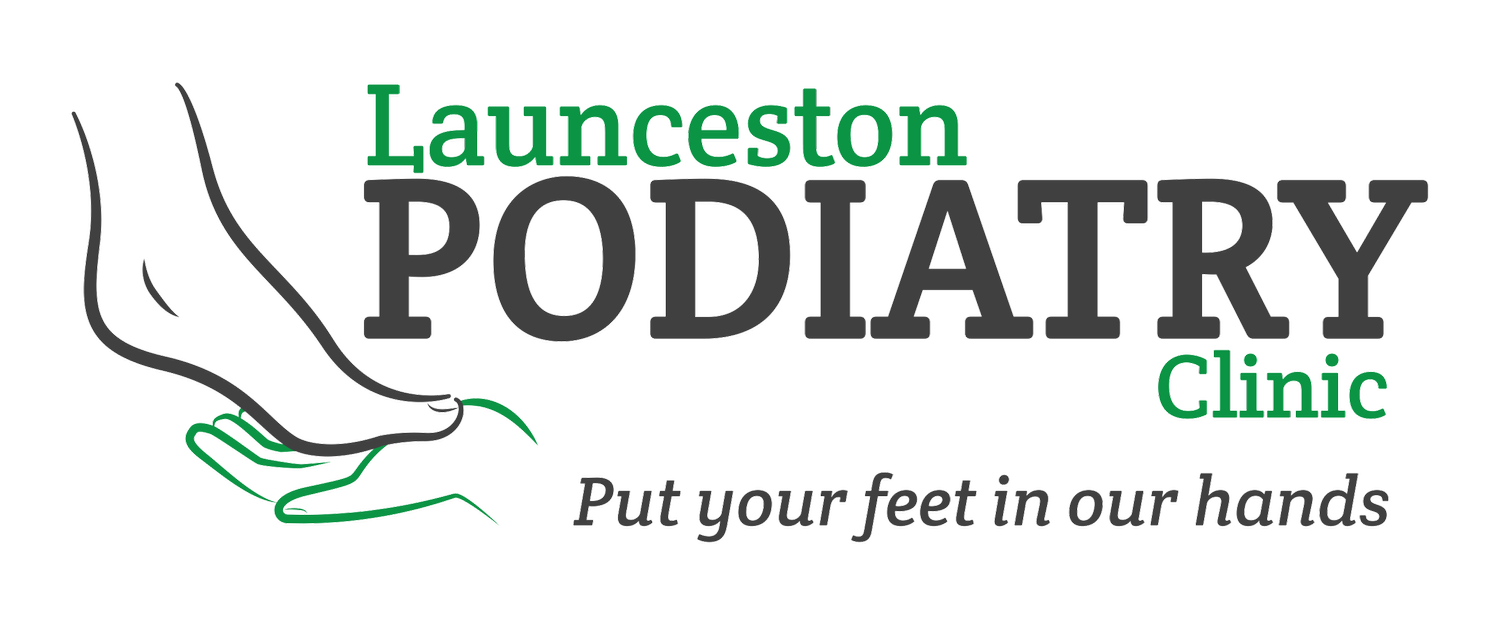One of the most common complaints and painful problems we have come into the clinic are ingrown toenails, known as onychocryptosis. A true ingrown toenail is when a spike, shoulder or edge of nail pierces the skin at the nail edge, known as the sulcus.
There are many ways you can develop an ingrown toenail. The most common cause is a result of incorrectly cutting your toenail and leaving a spike of nail in the sulcus. It can also be a result of a curved nail, known as an involuted nail, with external pressure. There are many other causes such as trauma, medical conditions and vascular complications, ill fitting shoes and deformities, to name a few. We highly recommend you come and see one of our experienced team for assessment to understand the underlying cause of your ingrown toenail to allow for the best treatment plan to help keep your toes happy and pain free!
Early symptoms include localised redness, shiny and tight skin with mild swelling. Pain is acute, tender, may throb and very painful on direct pressure. The lightest touch can be painful depending how bad it is. This is the sage we encourage you to come and see us so we can quickly fix the problem before it gets worse. We can also assess your feet, try and determine the cause and give advice to try and prevent it from happening again. Treatment may include removing the offending piece of nail, cotton wool packing, which involves gently packing a small amount of cotton wool with anti-septic to elevate the nail off the skin and allow the area to fully heal, self-management at home and education on nail cutting. Sometimes the use of toe spacers is advised to keep pressure off the nail.
If symptoms are not addressed and the offending part of the nail is not removed from the skin it will continue to grow further into the skin, which prevents normal healing. At this stage symptoms can include the same as above but pain is more sever along with localised hyperhidrosis (excess sweat production), Puss and/or a bad odour and hypergranulation tissue, which is red swollen skin folds, which overlap the nail plate, is extremely painful and easily bleeds. At this stage sometimes conservative treatment will still work, however more commonly nail surgery is required.
Nail surgery, where you remove part or all of the nail, has gotten a bad rap over the years as it used to be a very painful procedure and lots of people tell horror stories of their nail surgery and how painful it was. Here at Launceston Podiatry Clinic we ensure to make this procedure as easy and pain free as possible. We know something like this can be very daunting and we endeavor to keep you calm and at ease. You can feel free to bring in your own music, console, book, whatever keeps you relaxed and distracted, if needed. We want to make your experience as comfortable and pleasant as possible. Under local anesthetic we gently elevate and remove the offending portion of nail, then apply Phenol, which is used to try and kill the nail bed to prevent nail regrowth. Once the local anesthetic wears off there can be minimal localised dull throbbing for a few hours. However because the offending portion of nail has been removed there is no further pain. We then monitor the wound for the following 2-4 weeks until it heals and give advice on how to bandage it and take care of the toe at home. I cannot tell you how many people have been too scared to get it done and once they have the procedure say “I wish I had done this years ago!” Instead of putting up with ongoing pain and infections for years.
If this sounds familiar don’t put it off any longer! Please call our clinic and speak to one of our friendly receptionists to book an assessment today. I promise you won’t regret it and your feet will thank you for it!
Written by Sinead tracey.

